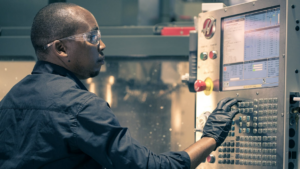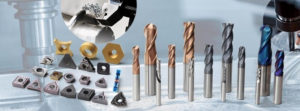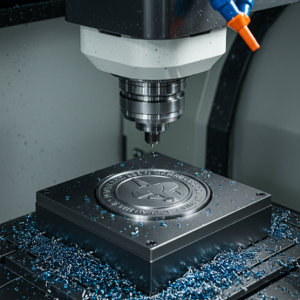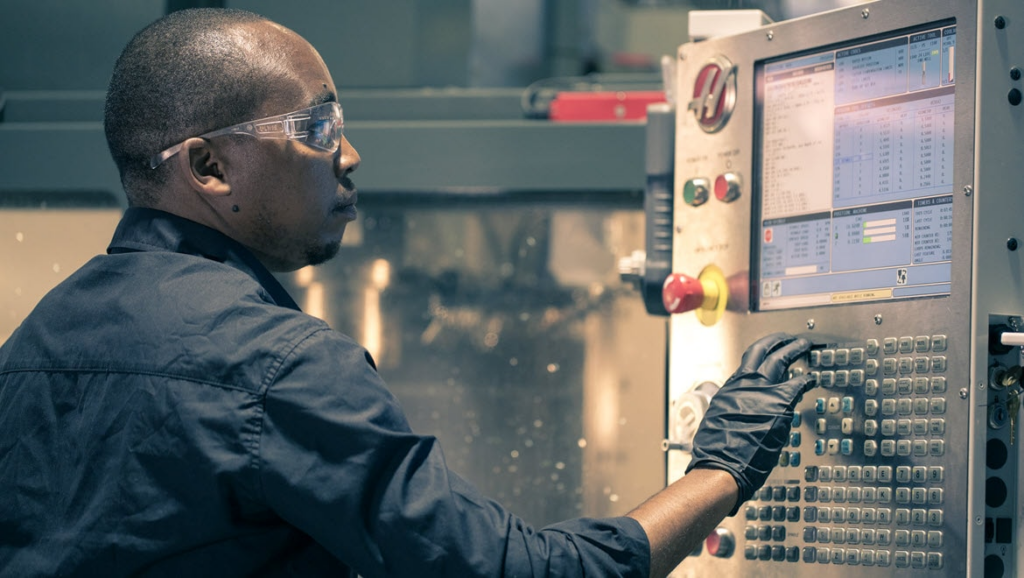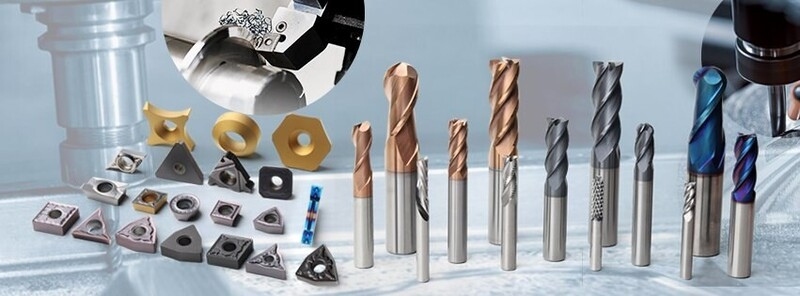CNC machining has come a long way over the years, from basic 2D cutting to advanced multi-axis machining that handles complex shapes with high precision and speed.
As product designs get more advanced, multi-axis machining plays a key role in meeting modern manufacturing needs.
That said, in this blog, we’ll explain the basics, main components, types, and why it matters for today’s high-precision production.
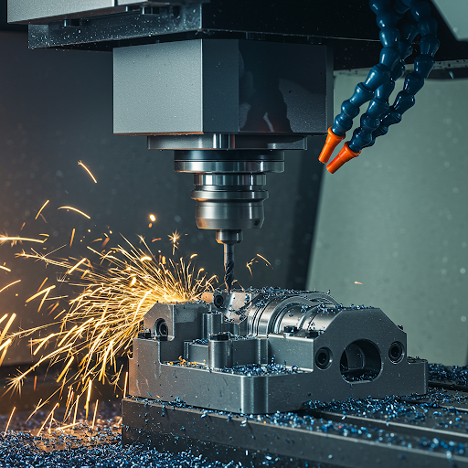
Key Components of Multi-Axis Machining Systems
Before we dive into the different types of machining, it’s important to first understand what makes up a multi-axis machining system. Here are the key components:
1. Multi-axis
Multi-axis refers to the number of possible movement directions for a cutting tool or workpiece. Traditional 3-axis systems use the X, Y, and Z axes, while newer machines can use rotating axes (A, B, or C) to provide additional flexibility of movement and access to complicated surfaces.
2. Spindles
The spindle is the heart of the machine, holding and rotating the cutting tool. High-speed, high-torque spindles enable effective material removal, which is particularly significant in sophisticated multi-axis milling operations.
3. Cutting Tools
Modern multi-axis machines employ a wide range of cutting tools specialized for specific activities such as drilling, milling, and contouring. These tools must endure high-speed cutting while maintaining constant precision throughout the manufacturing cycle.
4. CNC Control Panel
In CNC machining, the CNC controller turns digital designs into physical actions. It coordinates tool trajectories, speeds, and motions across all dimensions to provide high-precision results with minimum human interaction.
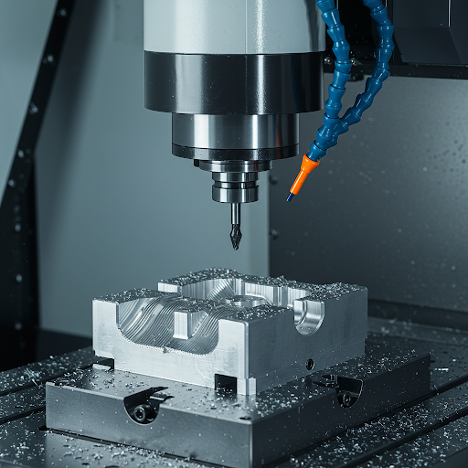
Types of Multi-Axis CNC Machining
Now, let’s move on to the different types of multi-axis machining systems and break down each of them:
· 3-axis CNC Machining
The 3-axis CNC machining technique is considered to be the most basic type of CNC machining, which operates on the X, Y, and Z axes. While it works well for basic geometries, it has limits when dealing with intricate undercuts or curved surfaces.
· 4-axis CNC Machining
This option adds a rotating axis (usually the A-axis), allowing operations to be performed on several sides of a workpiece without the need for human repositioning. This increases efficiency and simplifies the handling of complex parts.
· 5-axis CNC machining
5-axis systems are a game changer in multi-axis machining, allowing movement along X, Y, and Z, as well as rotation along two extra axes (A and B). This improves access to complex geometry while substantially reducing setup times. It’s considered to be the gold standard in high-precision industries like aerospace, medical, and automotive manufacturing.
· 3+2 axis CNC machining
This approach, also known as positional 5-axis machining, involves locking the rotating axes at specified angles while milling. Unlike simultaneous 5-axis CNC machining services, this method is more suited to objects that require milling from several angles but do not require continuous rotation while cutting.
5-Axis vs. 3+2 Axis CNC Machining: What’s the Difference?
While both approaches outperform older methods, there is a major difference between 5-axis CNC machining services and 3+2-axis machining. Here’s the difference:
- Simultaneous 5-axis Machining: All five axes move simultaneously during cutting. This enables smooth contouring of complex surfaces and reduces tool wear by maintaining optimal cutting angles.
- 3+2 Axis Machining: The workpiece is slanted into place (by two rotating axes) and then machined with the standard three linear axes. It is easier and more cost-effective, but it lacks the fluidity and precision of genuine 5-axis machining.
All that being said, when high surface quality, complex geometry, and time efficiency matter, 5-axis machining services are the superior choice.
The TOP Prototype’s 5-Axis CNC Machining Services
At TOP Prototype, we know complex parts need advanced solutions. That’s why our 5-axis CNC machining meets today’s demanding manufacturing needs. With up to 42-inch rod length, whether you need precise aerospace parts, strong automotive components, or custom prototypes, Top Prototype can provide fast and flexible solutions using advanced 5-axis technology.
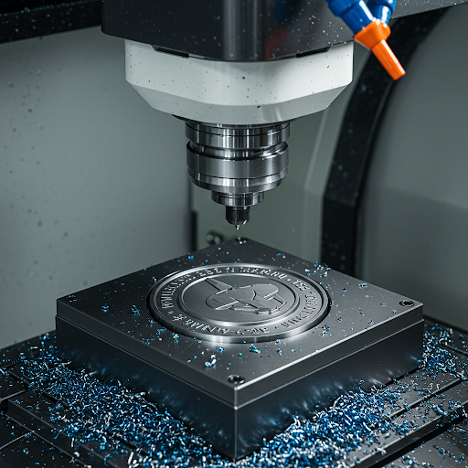
Conclusion
As performance standards rise and product designs get more complex, multi-axis machining stands out as a key tool for innovation and efficiency. When you partner with TOP Prototype, you get a trusted partner equipped with advanced multi-axis machining capabilities.
Please contact us directly to turn your designs into reality today.

